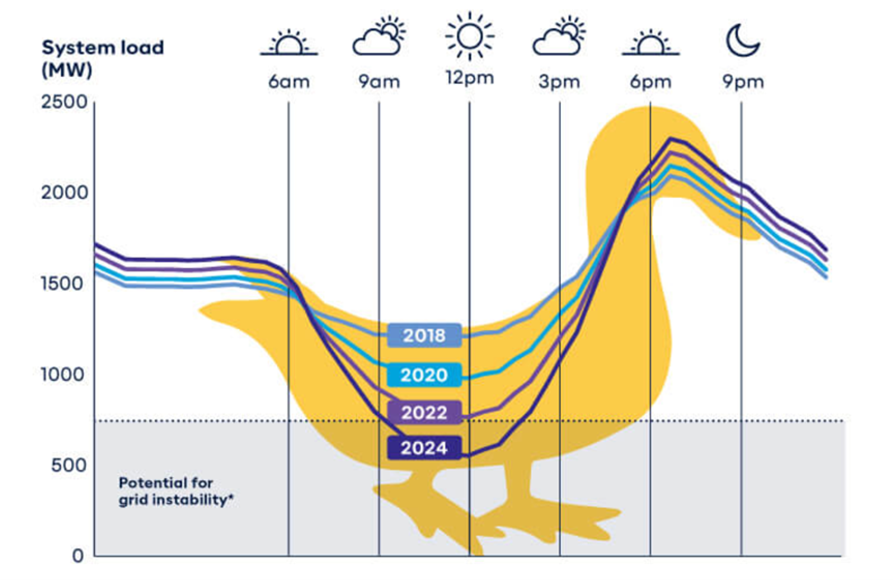Toon has a Master’s Degree in Civil Engineering (major in Energy) from the KU Leuven. He completed a 6 month internship as Derivates Analist. He work as a Junior Climate Consultant for Econopolis Climate and works on advisory projects related to climate & energy. Toon is also founder of Stroomloop, a unique trailrunning experience.
Can Electric Vehicles Make the Belgian Duck Fly?
The inconsistent nature of wind and solar energy sources
Belgium has made notable advancements in decreasing emissions within the electricity sector by expanding its low-carbon solar and wind energy capabilities. However, little attention had previously been given to evaluating the impact of intermittent generation on the electricity system. “Intermittent” refers to the inconsistent nature of wind and solar energy sources, as the wind does not blow constantly throughout the day, nor does the sun shine 24 hours a day. As a result, there are times when renewable energy generates power during periods of low demand and insufficient energy during periods of high demand.
On a typical summer day, when there is a significant amount of solar production around noon, the demand for electricity from the Belgian grid diminishes. This leads to notable systemic implications, as illustrated by the infamous "Duck Curve" graph, which shows the electricity grid's demand during periods of high solar energy and low demand. The curve reveals that the system load – the demand that must be met by activating nuclear or gas-fired power plants – dips around noon when solar production is high, and demand is low. This curve highlights the risk of power system instability as the grid struggles to manage extreme demand fluctuations throughout the day.

The Duck Curve during a typical summer day. Source: Synergy Australia
New Battery Park Located in the Port of Ostend Focuses on Grid Balancing
The Duck Curve presents a considerable challenge for grid operators worldwide, prompting them to seek adaptable storage solutions to stabilize the grid. Thankfully, emerging energy providers have started offering these stabilizing services and are receiving compensation from the grid operator for their efforts. One such company, British firm Centrica, recently announced its investment in a new battery park located in the port of Ostend. The facility offers a stabilization potential of 24 MW for the Belgian duck curve, allowing it to adjust this amount either up or down. With a storage capacity of 48 MWh, it can supply electricity to all households in Ostend for half an hour. A seemingly brief period, but often enough to offset short spikes in system load, such as when solar panel production briefly dips due to a passing cloud. This investment exemplifies a new generation of energy companies focusing solely on providing grid balancing services rather than energy production.
These new types of energy companies are closely monitoring the growing share of electric vehicles (EVs) in the Belgian fleet, as they connect to the Belgian grid when charging. Infrastructure with large stationary fleets, such as airport parking’s, can be useful in this regard. If one-tenth of the cars parked at Brussels Airport were fully charged EVs, the storage potential would equal that of Centrica's new battery park. With the number of EVs in the Belgian fleet increasing, this presents an attractive market for new energy companies to invest in. As a result, every additional EV sale helps to mitigate the “duck-ness” behavior of the Belgian grid.
If you or your company want to know more about grid balancing and its potential, don’t hesitate to reach out to our Climate Consulting team. We would be happy to assist you on your journey.
